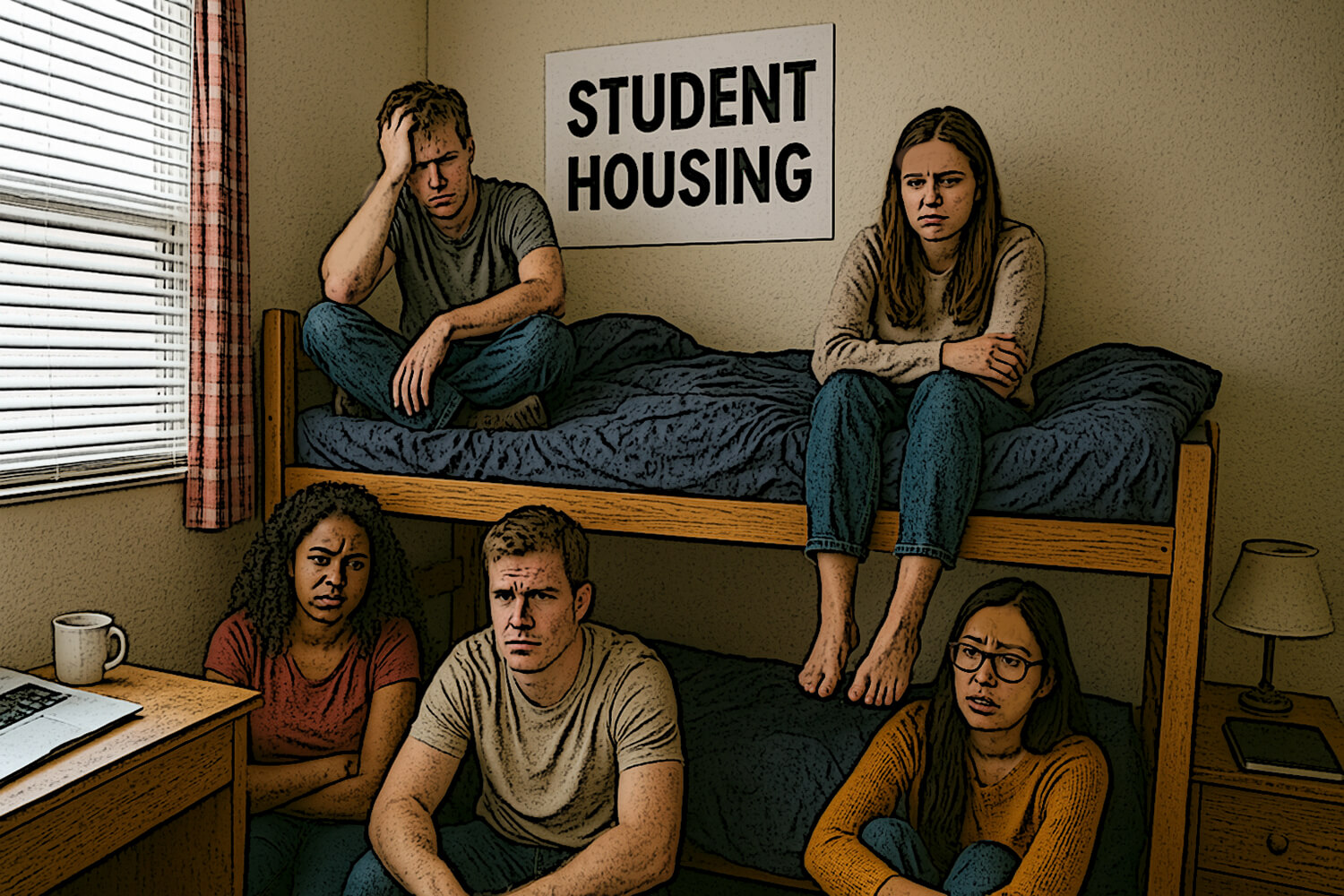
At Risk:
The Hidden Dangers
of Student Housing
Walk through Binghamton’s student neighborhoods on a Friday night and you’ll see a familiar scene: porches crowded, bedrooms lit up, laughter spilling into the streets. To most people, it looks like a rite of passage. But to anyone who understands building safety, what’s happening inside those old wooden houses is alarming. Students are being packed into rentals that exploit loopholes in New York State building law, and the risks could be deadly. And what I am about to tell you may apply to other cities and populations as well, so please do not think it is limited to Binghamton student housing.
. . .
YOUR SUPPORT HELPS US TELL THE STORY
MEMBERSHIP IS FREE!
If you're already a subscriber or member, log in now. If you’re not yet a member, take action and join us today.
Thank you for your commitment!

